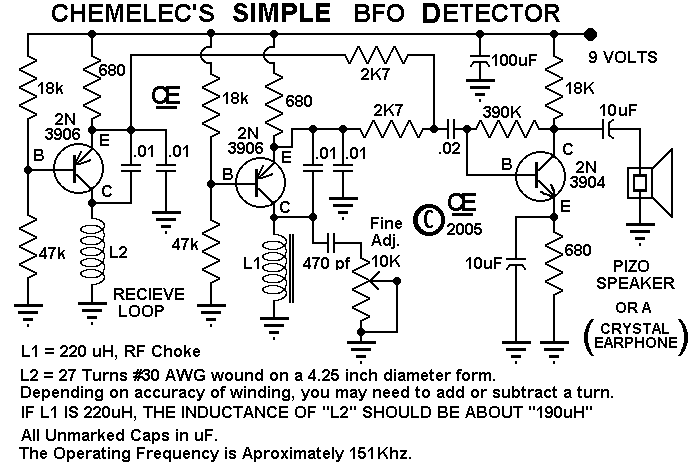
The modeling reveals that the symmetric thermal dissipation (type B) results in a more uniform thermal conduction and lower maximum temperature in the active region of the laser, compared to the traditional asymmetric thermal dissipation scheme (type A). A finite-element thermal analysis is carried out to study the parametric effects on the thermal management of the terahertz QCL.

Two configurations of cold fingers, i.e., type A and B with asymmetric and symmetric thermal dissipation schemes, respectively, are investigated here. In this work, by employing a symmetric thermal dissipation scheme, we report an improved frequency comb and dual-comb operation of terahertz QCLs. Improved comb performances have been always much in demand. In the terahertz frequency range, the quantum cascade laser (QCL) is a suitable platform for the frequency comb and dual-comb operation. Furthermore, our results show that the relative timing noise measurement technique can characterize dual-comb systems operating in free-running mode or with finite repetition rate differences while providing a sub-attosecond resolution, which was not feasible with any other approach before.

This performance indicates that the demonstrated laser is highly suited for practical dual-comb spectroscopy, ranging, and sampling applications. The detection noise floor for the relative timing jitter between the two pulse trains reaches $8.0 \times 10^ )$, and the relative root mean square (rms) timing jitter is 13 fs when integrating from 100 Hz to 1 MHz. This new laser produces 115 fs pulses at 160 MHz repetition rate, with 130 mW of average power in each comb.

To demonstrate the technique, we perform a detailed characterization of the first single-mode-diode pumped dual-comb laser from a free-running polarization-multiplexed cavity. Furthermore, the proposed approach allows for continuous and precise tracking of the sampling rate. The method is suitable for dual-comb systems with essentially any repetition rate difference.

Motivated by this challenge, we developed a technique based on an optical heterodyne detection approach for measuring the relative timing jitter of two pulse trains. However, the characterization of low-jitter dual-comb systems is challenging because it requires measurement techniques with high sensitivity. Pulse trains emitted from dual-comb systems are designed to have low relative timing jitter, making them useful for many optical measurement techniques such as optical ranging and spectroscopy.


 0 kommentar(er)
0 kommentar(er)
